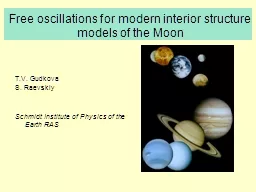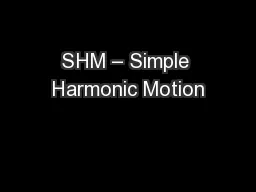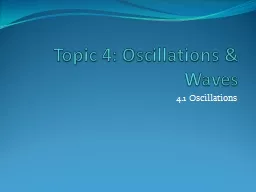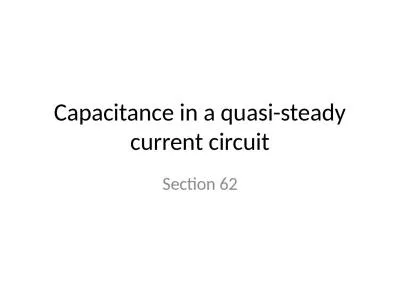PPT-Free oscillations for modern interior structure
Author : conchita-marotz | Published Date : 2016-07-17
models of the Moon TV Gudkova S Raevskiy Schmidt Institute of Physics of the Earth RAS Seismic lunar models IMR 2 03931 00002 Lunar Prospector Konopliv et al
Presentation Embed Code
Download Presentation
Download Presentation The PPT/PDF document "Free oscillations for modern interior st..." is the property of its rightful owner. Permission is granted to download and print the materials on this website for personal, non-commercial use only, and to display it on your personal computer provided you do not modify the materials and that you retain all copyright notices contained in the materials. By downloading content from our website, you accept the terms of this agreement.
Free oscillations for modern interior structure: Transcript
Download Rules Of Document
"Free oscillations for modern interior structure"The content belongs to its owner. You may download and print it for personal use, without modification, and keep all copyright notices. By downloading, you agree to these terms.
Related Documents














